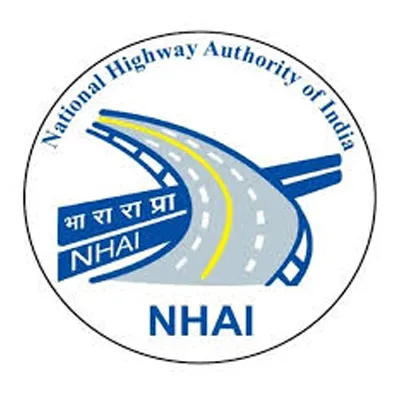In a major step towards reducing road accident fatalities, the National Highways Authority of India (NHAI) organised a day-long Road Safety Training Programme in New Delhi for its Road Safety Officers (RSOs) and Road Safety Auditors (RSAs) from across India. The session, held in collaboration with SaveLIFE Foundation, aimed to strengthen technical and on-ground expertise to support the Government’s Zero Fatality Attainment (ZFA) vision.
Shri K.N. Srivastava, Retired Secretary of Civil Aviation and Director at India International Centre, New Delhi, served as the Chief Guest, with Shri Vishal Chauhan, Member (Administration), NHAI, and other senior officials from NHAI headquarters and regional offices also in attendance.
The training focused on various aspects of road safety through interactive modules. Key topics included:
- Identification of accident-prone zones using the Drone Analytics Monitoring System (DAMS) powered by AI and ML
- Step-by-step procedures for inspecting accident spots
- Development of site-specific mitigation strategies, drawings, and costing
- Execution safety during construction
- Monitoring mechanisms to track progress and post-intervention results
In his address, Shri Srivastava praised NHAI’s infrastructure improvements but emphasised that user behaviour, rule violations, and enforcement gaps remain challenges to road safety. He noted the growing importance of technology-driven strategies in achieving national safety goals.
Shri Vishal Chauhan, in his keynote, identified engineering design, human behaviour, and vehicle engineering as the three pillars of safer roads. He highlighted the deployment of Electronic Detailed Accident Reports (e-DAR) for blackspot identification and Advanced Traffic Management Systems (ATMS) on highways as critical innovations. He affirmed NHAI’s commitment to achieving the ambitious target of zero fatalities on national highways, urging collaboration across all stakeholders.
The ZFA approach, endorsed by the Government of India, adopts a scientific and systemic method to eliminate preventable deaths and serious injuries. As part of this, NHAI has identified 1,083 High Fatality Zones (HFZs) across 77 national highways, covering 6,948 critical crash sites. Special engineering-based mitigation work has been initiated for these zones.
A comprehensive Road Safety Action Plan—based on crash data from 2023 and 2024 collected via e-DAR—has also been developed. It outlines short- and long-term engineering interventions, enforcement actions, and trauma care strategies. District authorities and police departments will assist with implementation on the ground.
This training is part of the national mission to cut road accident fatalities by 50 per cent by 2030, and it reinforces NHAI’s commitment to building safer corridors for all road users.


